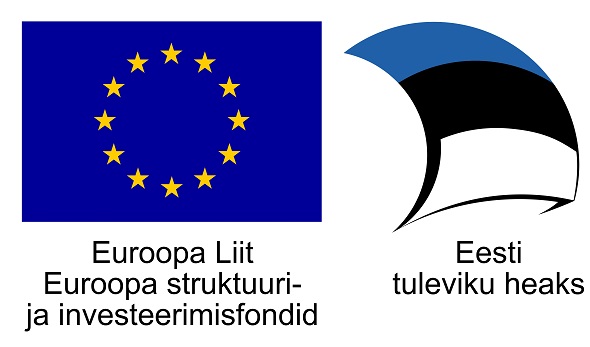Arts, culture, creativity and tech: key trends for 2016

A panel of artists, designers, composers and coders share the digital and technological developments that will affect arts and culture this year
Artful Spark is a quarterly event series all about the gap between creative ideas and technical execution. In the words of its founders – Sam Howey Nunn, director of Stellar Network, and Ben Templeton, founder of Thought Den and associate creative director at Preloaded – the project aims to support more informed, creative, cross-discipline conversations around the vast wealth of possibilities presented by emerging technology.
Here, speakers past and present share what they think will be the key trends in arts, culture, creativity and technology in 2016.
Zoe Philpott, interactive storyteller and creator of Ada.Ada.Ada
Going mainstream: creativity combined with tech
This year prepare to see creativity combined with tech becoming more mainstream. Everyone will be doing it. While 2015 has seen the celebration of engagement in Stem subjects (science, technology, engineering and maths) this year it will be all about engagement in Steam (the A is for arts).
The UK has the ultimate Steam figurehead in Ada Lovelace. She published the first complex computer programme for a system that didn’t even exist and predicted that computers would become tools of human imagination. What’s more, she did all this in 1843, so what better inspiration for the year ahead than this Steam champion?
@zophilpott, @AdaTheShow
Tincuta Heinzel, artist, designer, curator and research fellow at Nottingham Trent University
The rise of electronic and reactive textiles
The main challenge of the near future is the industrialisation of electronic textiles production. In the past 10 years we have seen a lot of research from both engineering and design related to the integration of electronic components into textile structures and the development of conductive and reactive textile materials.
With projects such as Google’s Jacquard, we’ll find ourselves on a new stage in 2016 – the industrial production of electronic textiles. Google’s project is certainly not inventive, but it creates the conditions of being innovative. For the moment, it’s media hype, but definitely worth keeping an eye on.
@textiltronics
Tony Churnside, author and creative technologist
Artists and storytellers turn to personal data
A big theme this year will be the use of data to provide personalised content experiences, going beyond recommendation systems and adapting narrative in response to audiences. As marketers learn to harness the power of personal data to encourage us to buy more stuff, artists and storytellers will develop skills needed to use personal data to provide more contextual and personalised experiences. Hopefully this will also result in greater public understanding of what personal data is held (or can be detected) by organisations, who owns it and how it is being used.
For personal data to provide more engaging experiences, art and storytelling themselves must become more flexible. We need to stop seeing art as sacrosanct, as artists and storytellers develop new tools and processes that allow the generation of adaptable user experiences that change in response to personal data.
@TonyChurnside
Tim Murray-Browne, artist and coder
DIY electronics and creative coding
For me, the most exciting trend is the continuing rise of DIY electronics and creative coding. On the fringes, things are as noisy and glitchy as ever, with hubs of experimentation such as Music Hackspace and Cafe Oto in London. In 2016 we will see more of the kind of work produced by artists such as Ewa Justka, Leafcutter John and Tasos Stamou, who perform with homemade analogue synthesisers and live circuit bending, physically modifying electronic device circuits to make them produce sounds beyond their designer’s intentions.
While creative coding continues to weave into more traditional a such as sculpture, theatre and dance, I think the novelty of interactive technology is starting to wear off for audiences. That’s no bad thing. As we demand more than gimmicks from the medium, interactive installations such as Zach Lieberman’s Play The World and Golan Levin’s Double-Taker remind us of the poetic possibilities of interactive digital art.
@timmurraybrowne
The next Artful Spark event takes place on 14 January at Google Campus
Join our community of arts, culture and creative professionals by signing up free to the Guardian Culture Pros Network.





